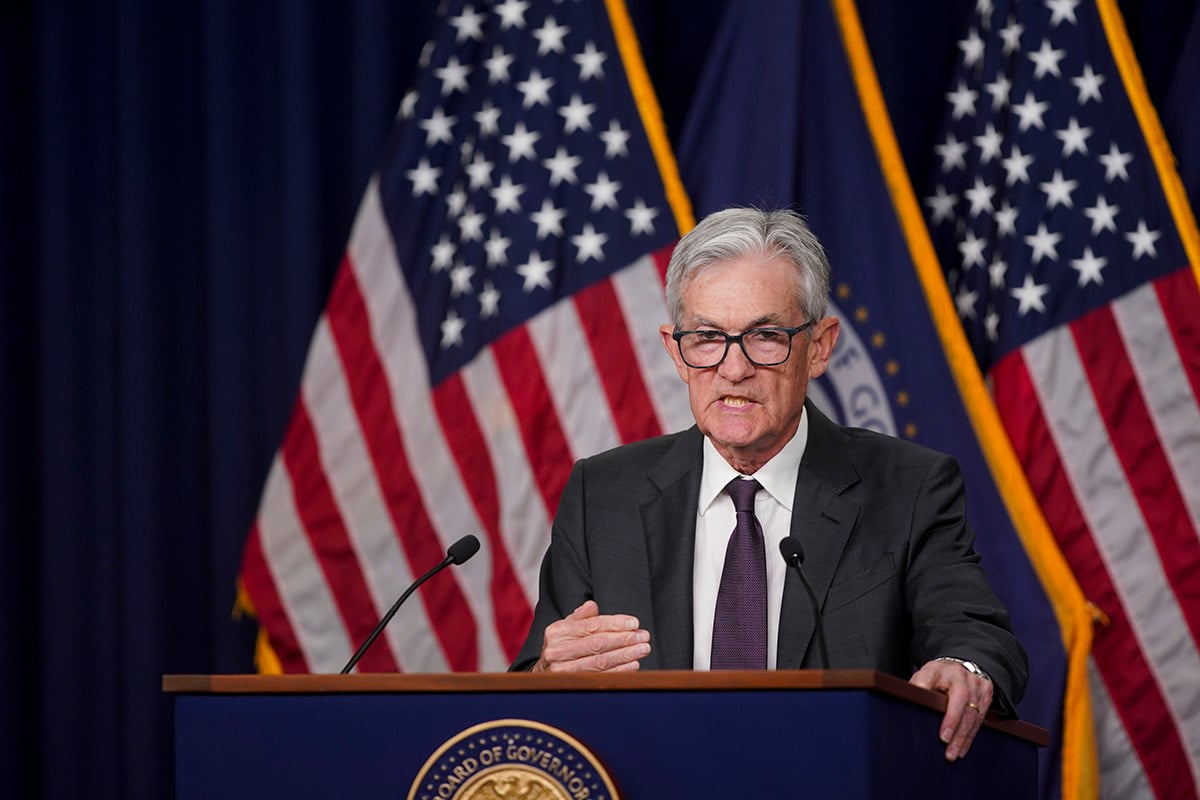While the financial markets wait for higher rates orchestrated by the Fed, officials of the central bank are looking toward fiscal policy as a major catalyst for their rate hikes.
Vice Chair Stanley Fischer, speaking before the Economic Club of New York on Monday, said that according to the Fed's FRB/US model, an increase in government spending equivalent to 1% of GDP would raise the equilibrium interest rate 50 basis points, or 0.50%, while a 1% cut in taxes would raise it by 40 basis points and a 1% increase in corporate investment would add just 30 basis points.
He noted that the model does not include much detail about taxes and government spending but rather measures the effects of “very broad changes in income taxes and government spending.”
Fischer defined the equilibrium rate as the Fed funds rate that will prevail in the longer run, once cyclical and other transitory factors have played out—in other words, a Fed funds rate that neither stimulates nor stifles economic growth.
 “While there is disagreement about what the most effective policies would be, some combination of more encouragement for private investment, improved public infrastructure, better education, and more effective regulation is likely to promote faster growth of productivity and living standards,” said Fischer.
“While there is disagreement about what the most effective policies would be, some combination of more encouragement for private investment, improved public infrastructure, better education, and more effective regulation is likely to promote faster growth of productivity and living standards,” said Fischer.
“Central banks are finally realizing that their attempts to spur economic growth—with low interest rates, then QE, and most recently negative rates—haven't worked,” wrote Gary Shilling, founder and president of A. Gary Shilling & Co., in his latest market outlook. “In tacit admission of the impotency of money policy, central bankers are intensifying their calls for fiscal stimuli.
“Last March, ECB president Draghi told the European parliament that ECB action was “not enough for delivering real and substantial growth in the long run [and] … other policies should complement [central bank] action,” wrote Shilling, adding that Fed Chair Janet Yellen recently also noted the case for “investment-oriented fiscal policies.”
Central bankers like Yellen and Fischer, are not happy with low rates but also not quite ready to abandon them.
“There are at least three reasons why we should be concerned about such low interest rates,” said Fischer. “First, and most worrying, is the possibility that low long-term interest rates are a signal that the economy's long-run growth prospects are dim … A second concern is that low interest rates make the economy more vulnerable to adverse shocks that can put it in a recession. … And the third concern is that low interest rates may also threaten financial stability as some investors reach for yield and compressed net interest margins make it harder for some financial institutions to build up capital buffers.”
Despite these concerns, Fischer noted that the Fed has kept rates very low because of its need “to maintain aggregate demand at levels” that support the Fed's dual mandate of maximum employment and price stability.
While higher interest rates would provide higher yields on investors' bond portfolios, they could also increase the federal deficit, which has already begun to grow after years of declining. The White House on Friday announced that the six-year decline in the annual federal budget deficit has ended. The deficit for fiscal 2016, ended September 30, was $587 billion equivalent to 3.2% of GDP, up from $438 billion, or 2.5% of GDP, for fiscal 2015.
Complete your profile to continue reading and get FREE access to Treasury & Risk, part of your ALM digital membership.
Your access to unlimited Treasury & Risk content isn’t changing.
Once you are an ALM digital member, you’ll receive:
- Thought leadership on regulatory changes, economic trends, corporate success stories, and tactical solutions for treasurers, CFOs, risk managers, controllers, and other finance professionals
- Informative weekly newsletter featuring news, analysis, real-world case studies, and other critical content
- Educational webcasts, white papers, and ebooks from industry thought leaders
- Critical coverage of the employee benefits and financial advisory markets on our other ALM sites, PropertyCasualty360 and ThinkAdvisor
Already have an account? Sign In Now
*May exclude premium content© 2025 ALM Global, LLC, All Rights Reserved. Request academic re-use from www.copyright.com. All other uses, submit a request to [email protected]. For more information visit Asset & Logo Licensing.





